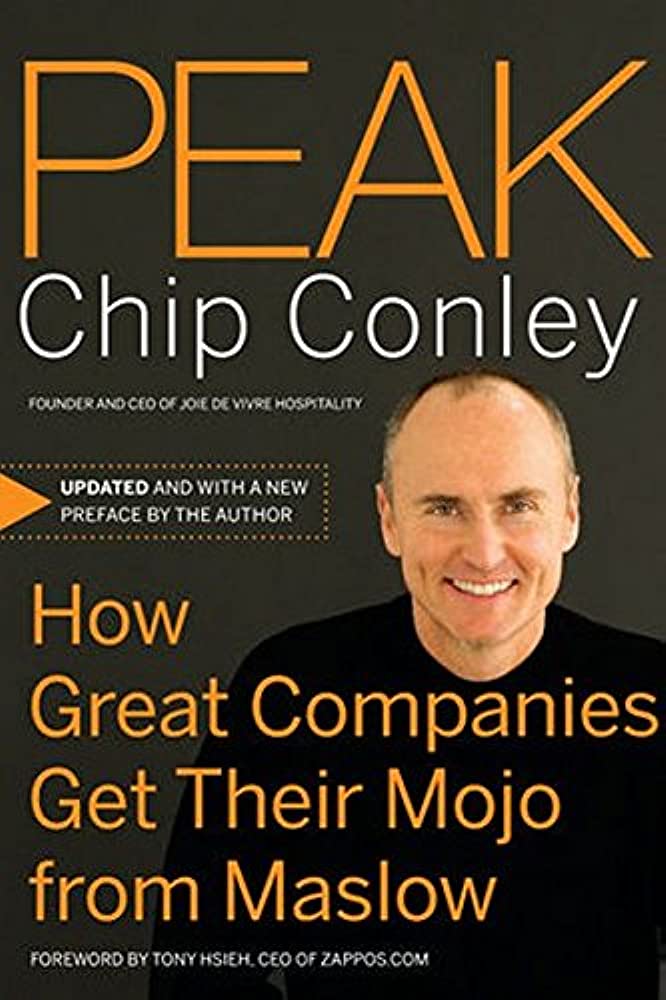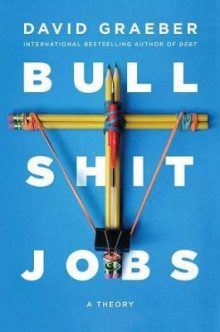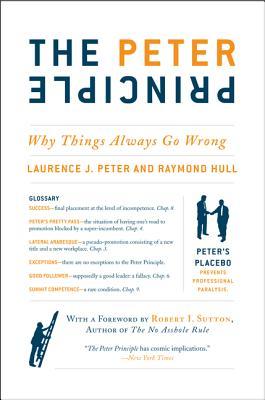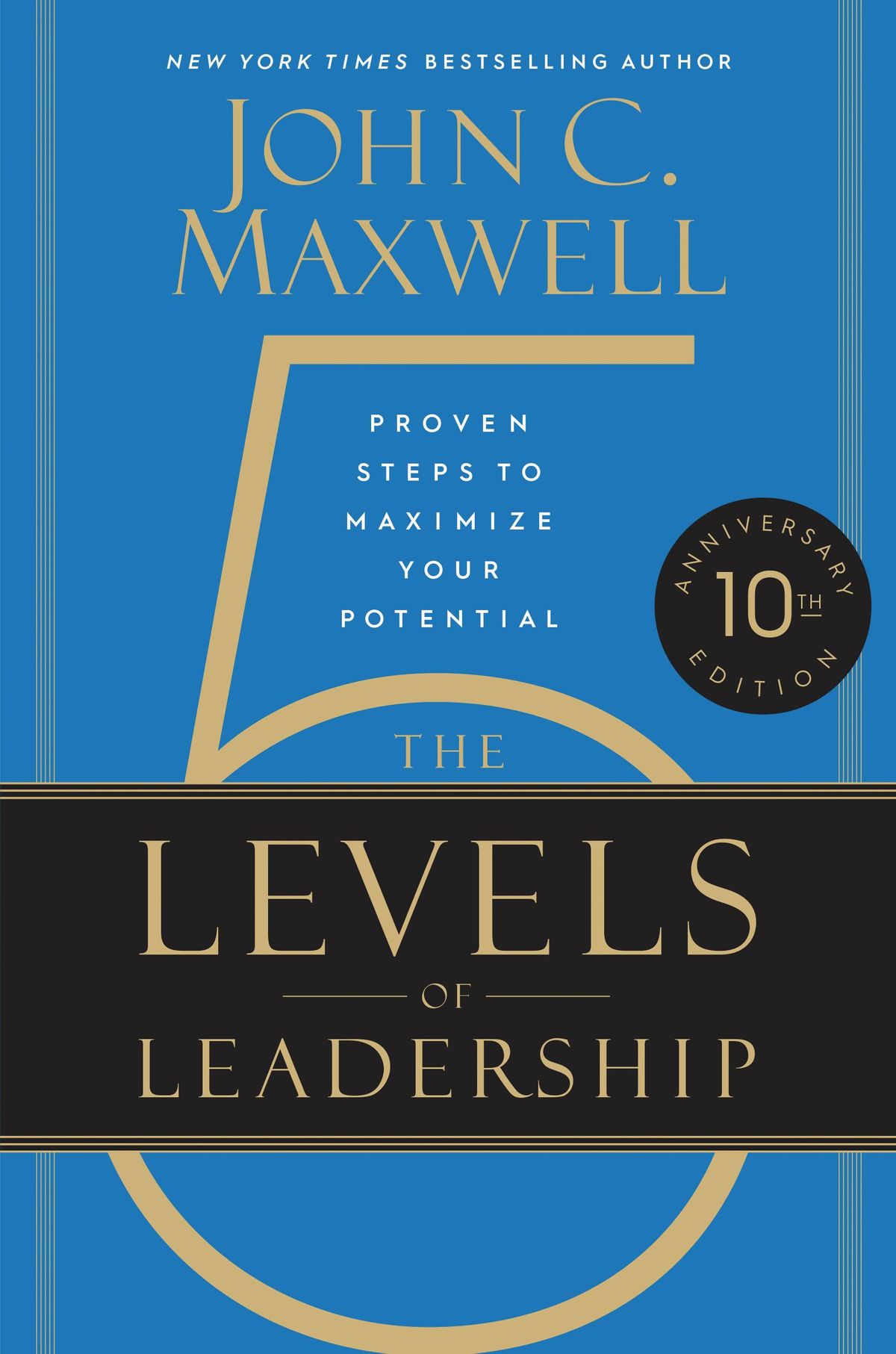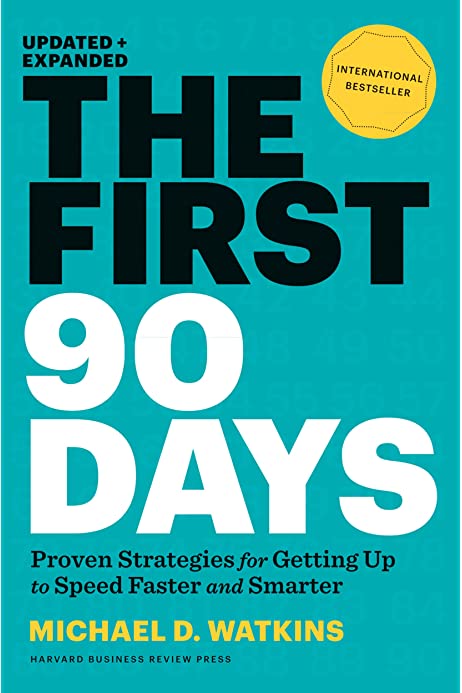The Effective Executive
by Peter Drucker
- Career
- Ashto =
- Jonesy =
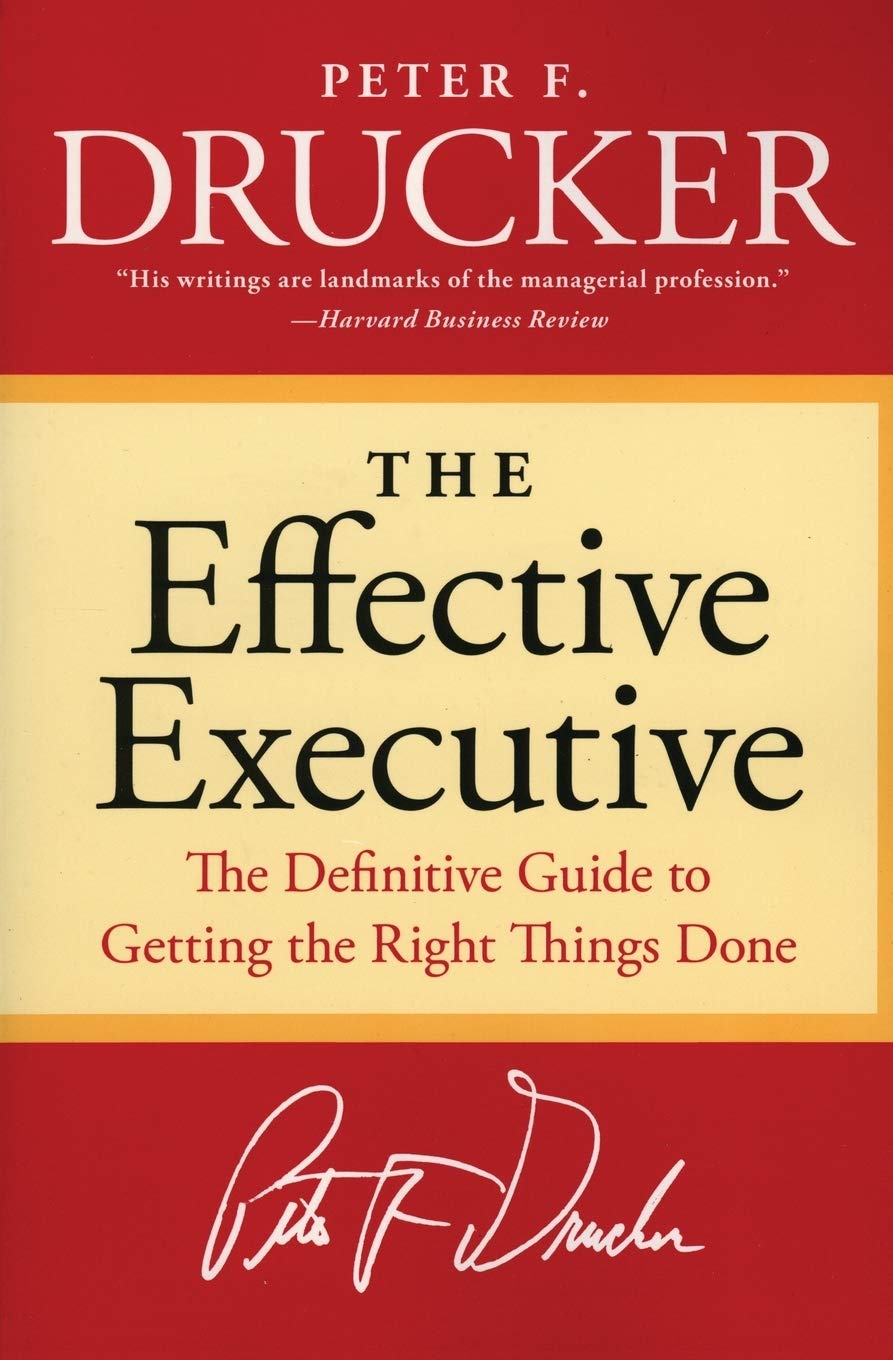
Why We Need an Effective Executive
In the past, manual workers filled organisations. You only needed a small handful of effective people at the top to give the right orders to the manual workers. Society could rely on people that seemed naturally effective to give orders. In the past, the major problem of an organisation was efficiency in the performance of the manual workers who did what they had been told to do.
Today the central reality of most work is knowledge work. The entire organisation is built solely of knowledge workers—people who put to work the brain between their ears rather than the brawn of their muscle and hand skills. Effectiveness was previously neglected, as there were enough ‘smart’ people to make orders. But today, everyone needs to learn to be effective.
Knowledge work is not defined by quantity nor costs. Knowledge work is defined by its results. To be an effective worker, all that matters is whether or not they get the right things done.
How to Be an Effective Executive
1. Know Your Time
The first practice of an effective executive is to know their time. Time is a limiting factor yet a unique resource. In comparison to resources like money or manpower, you can’t rent, hire, or buy more time.
Effective executives don’t start with managing their tasks, they start with managing their time. And before they even start planning their time, they first start with finding out where their time actually goes. From there, they attempt to cut back unproductive demands on their time. Finally, they consolidate and leave over discretionary time into the largest possible continuing units.
What is the process?
STEP 1: Record your time
The first step is to record your actual time use. You need to know where you actually go before you can try to do anything to change it. Effective executives record their time use in real-time, then review their output and performance every week or month to see what they’ve been using (or wasting) their time on.
STEP 2: Manage your time
The next step is systematic time management. Any effective executive knows that managing your time isn’t something you do one time—it’s perpetual. In order to do this, you must ask yourself a series of questions:
- What would happen if this were not done at all? If the answer is ‘nothing’, then don’t do it! Asking yourself this question helps you identify the tasks that are wasting your time.
- Which of my activities could be done by somebody else just as well, if not better? Effective delegation is a crucial skill of any effective executive. You’re re-prioritising tasks and getting people with better expertise to complete them. In turn, this frees up your time to focus on higher-value, higher-leverage, more effective tasks.
- What do I do that wastes the time of others without contributing to their effectiveness? Not only are there things that you’re doing that are wasting your time, if you’re brutally honest you’ll soon realise the number of things you’re doing that waste other people’s time too.
STEP 3: Consolidate discretionary time
The final step in time management is to consolidate the time that record and analysis show as normally available and under the executive’s control. Once you’ve logged your time (step 1) and pruned back the time-wasters (step 2), you’ll find that there isn’t much time left! But it’s vital that you make the most of this limited time.
So, you must consolidate your discretionary time into big chunks, which gives you plenty of distraction-free time to focus and achieve effectiveness. For example: work from home one day a week to focus on important tasks, or schedule all meetings on two days of the week to dedicate the other days for important work. Dividing your free time into big chunks gives you the time and space to achieve and make significant contributions instead of just plugging holes and filling gaps.
2. What Can I Contribute?
The head of a large consulting firm always starts an assignment with a new client by spending a few days visiting the senior executives one by one. He asks them, ‘What do you do that justifies your being on the payroll?’ A lot of them would say: ‘I run the marketing department’, or ‘I am in charge of the sales force’, or ‘I have 250 staff under me.’
Very few of them say things like:
- ‘It is my job to give our managers the information they need to make the right decisions.’
- ‘I am responsible for finding out what products the customer will pay for.’
- ‘I have to think through and prepare the decisions the president will have to face tomorrow.’
Being preoccupied with efforts rather than results encourages ineffectual work. Someone who focuses on efforts and who stresses their downward authority is a subordinate, no matter their title or rank. But someone who focuses on contribution and takes responsibility for results—no matter how junior—is in top management.
Effective executives look up from their work and outward toward their goals. They focus on contributions. Executives who don’t think about what they can contribute are not only like to aim too low, they are likely to aim at the wrong things.
3. Making Strength Productive
Effective executives build on the company’s strengths to be productive. To achieve results, one has to use all the available strengths— whether they are strengths of associates, superiors, subordinates, or the executive’s own strengths.
Utilising their strengths to be productive is the unique purpose of the organisation. Its task is to use the strength of each employee as a building block for joint performance. It can’t overcome the weaknesses with which each of us is abundantly endowed, but it can make them irrelevant.
Executives usually encounter their first challenge in staffing. An executive fills positions and promotes based on the basis of what an employee can do. They don’t make staffing decisions to minimise weaknesses but to maximise strengths. Anyone is bound to have weaknesses. But we can structure an organisation so that the weaknesses become a personal blemish, outside of someone’s work and accomplishments.
4. First Things First
If there is any secret of effectiveness, it is concentration. Effective executives do first things first and they do one thing at a time.
Humans can indeed do an amazingly wide diversity of things. Just like a Swiss Army Knife, humanity is a multipurpose tool. But you can’t use all the tools in a Swiss Army Knife at once. The best way to get a lot done is to pick one thing, focus on it, maximise all of your tools to get things done, then move on to the next diverse task and apply your diverse skillset.
The secret of people who seem to achieve so much and complete so many difficult things? They only do one thing at a time (and they need much less time in the end than those who try to achieve many things at the same time). Effective executives know that they have to get many things done effectively. Therefore they concentrate their time and energy on doing one thing at a time, and on doing first things first.
5. Making Effective Decisions
Decision Making is only one task of an executive, and it usually only takes a small fraction of their time. But decision making is such a specific task that it deserves special treatment. Those lower down the food chain are given orders to follow. But executives are the ones that make the decisions and pass on those orders. Therefore, effective executives need to make effective decisions. They make decisions as a systematic process with clearly defined elements and in a distinct sequence of steps.
Effective executives don’t make a great many decisions. They concentrate on the few important ones. They try to think through what is strategic and generic, rather than try to solve problems alone.
Effective executives know when a decision has to be based on principle and when it should be made on the merits of the specific case. They know that the trickiest decision is between the right and the wrong compromise. They know that the most time-consuming step in the process is not making the decision, but putting it into effect. While the effective decision itself is based on the highest level of conceptual understanding, the action to carry out should be as close as possible to the working level and as simple as possible.




